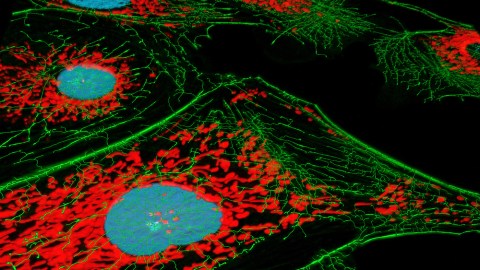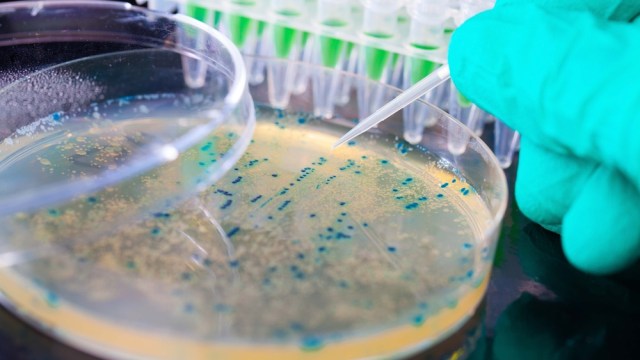Normal Adult Cells Reprogrammed Into Stem Cells

What’s the Latest Development?
For the first time ever, normal adult cells have been reprogrammed to become stem cells in the bodies of live mice. Making the stem cells was done by taking a sample of adult cells, such as skin cells, and treating them with four proteins that rewind the cells back to an embryonic-like state. The achievement was led by Manuel Serrano of the Spanish National Cancer Research Center in Madrid: “By doing it in situ, the cells are already there in the tissue, in the right position,” he said. The technique overcomes the difficulties inherent in making cells outside the body, grafting them into people, and then of potential rejection.
What’s the Big Idea?
When mice were injected with the special antibiotic, the genes activated, and new stem cells formed and matured at several sites in the body, including the stomach, intestine, pancreas and kidney. “As stem cells can be coaxed into developing into almost any kind of cell, being able to prompt this behaviour in the body could one day be used to repair ailing organs including the heart, liver, spinal cord and pancreas.” That benefit, however, carries with it potential harm. Clumps of stem cells risk becoming jumbled with different kinds of adult tissue, resembling tumors—perhaps functioning like them, too.
Photo credit: Shutterstock.com





